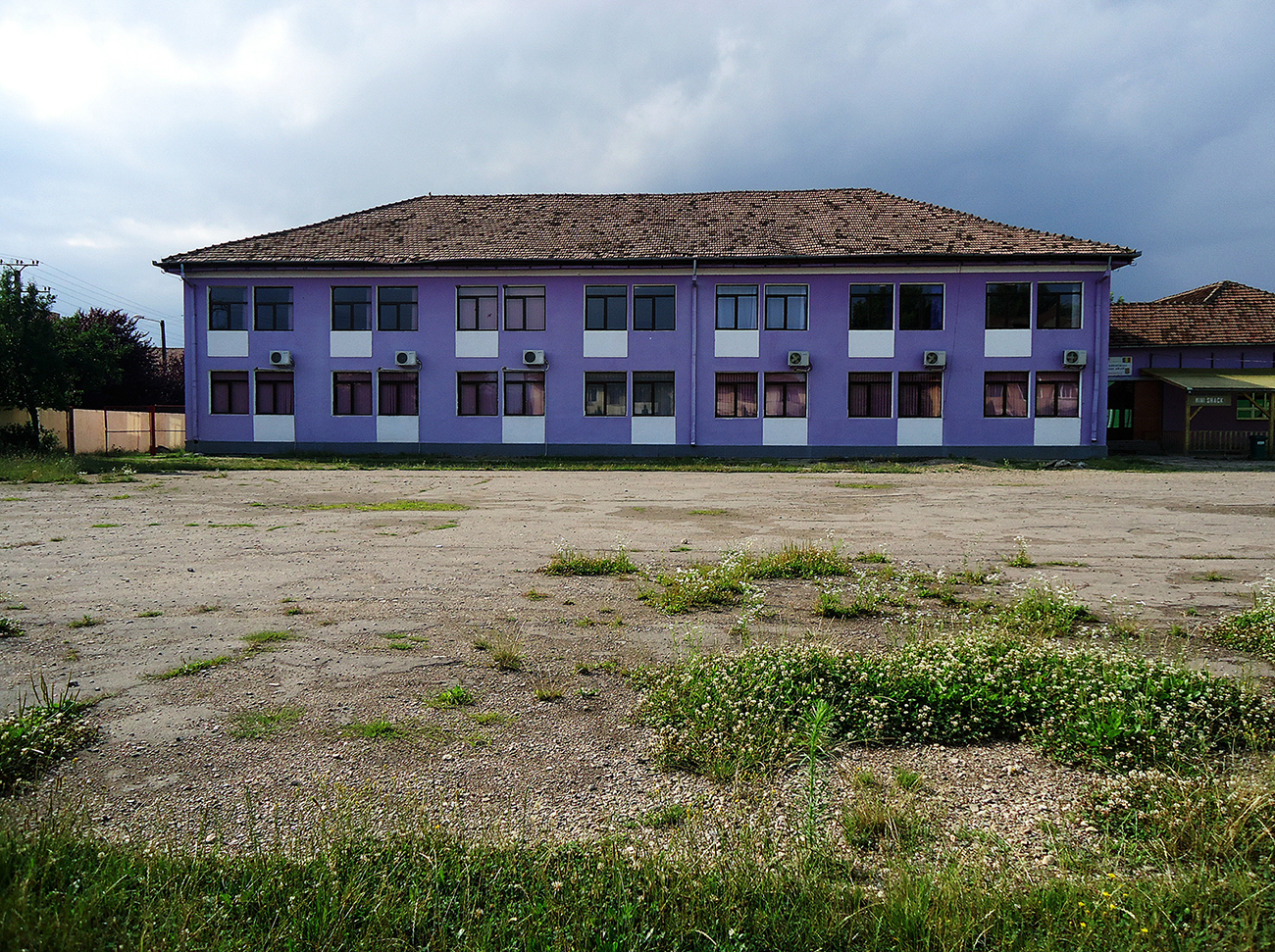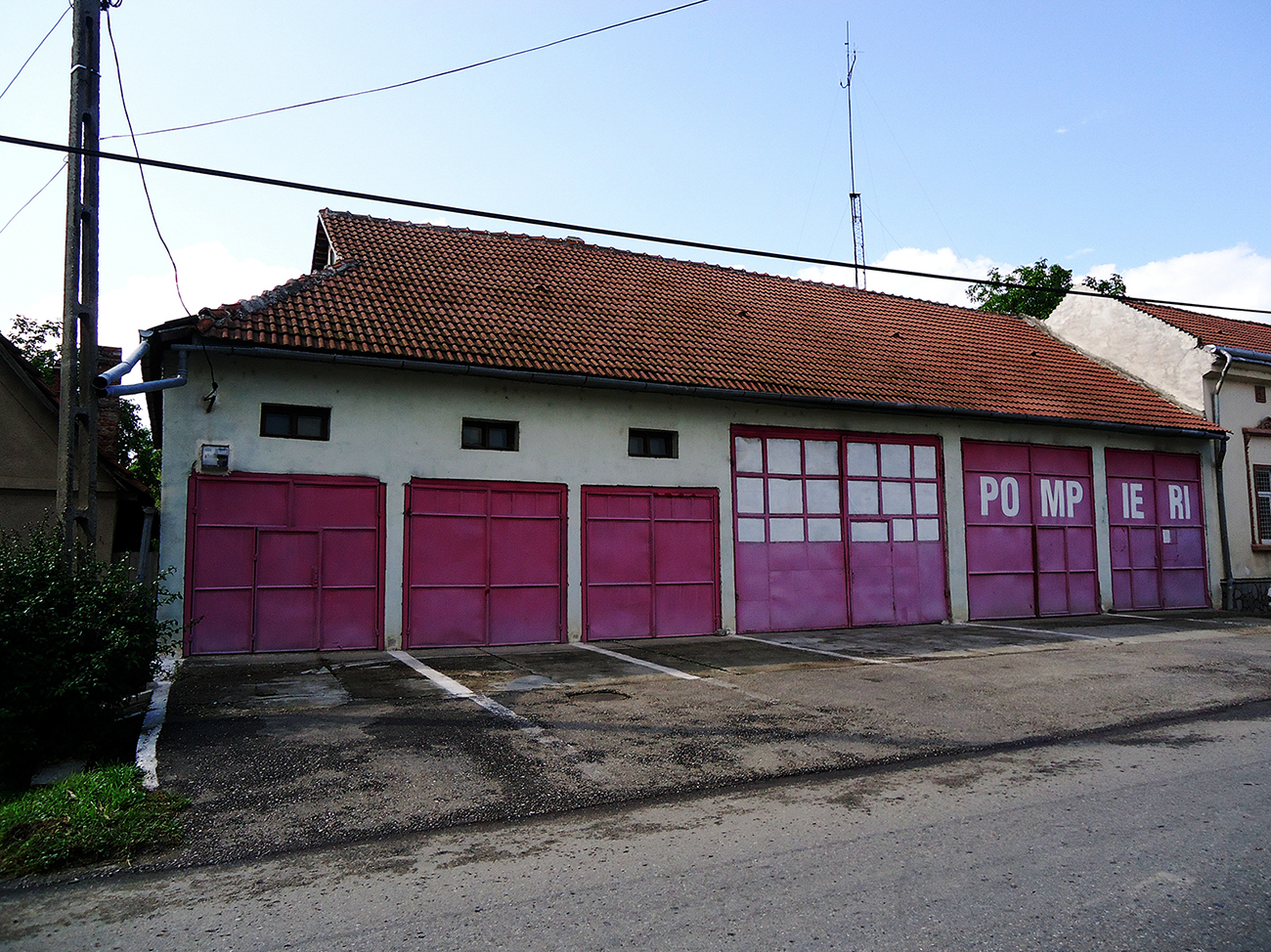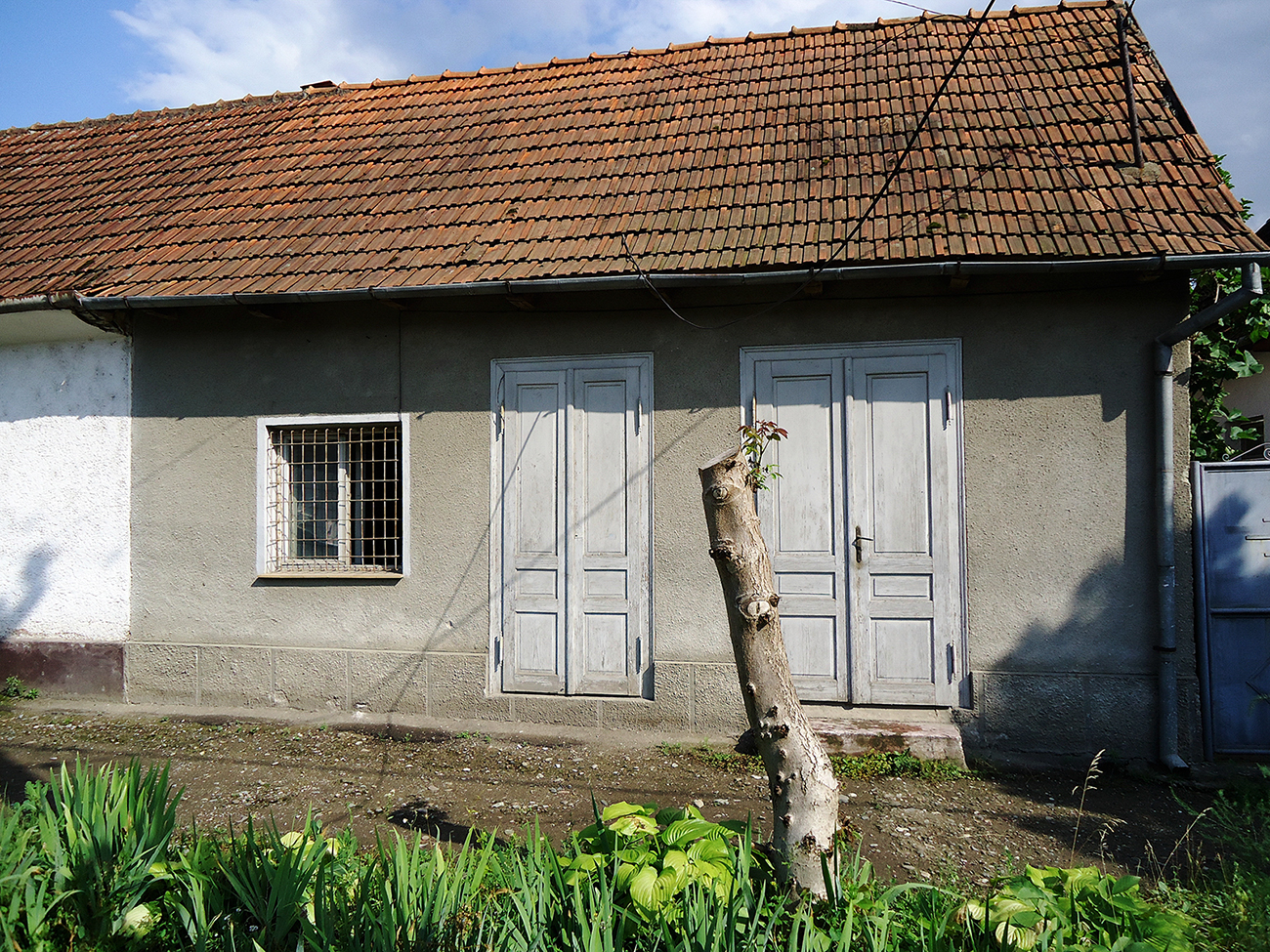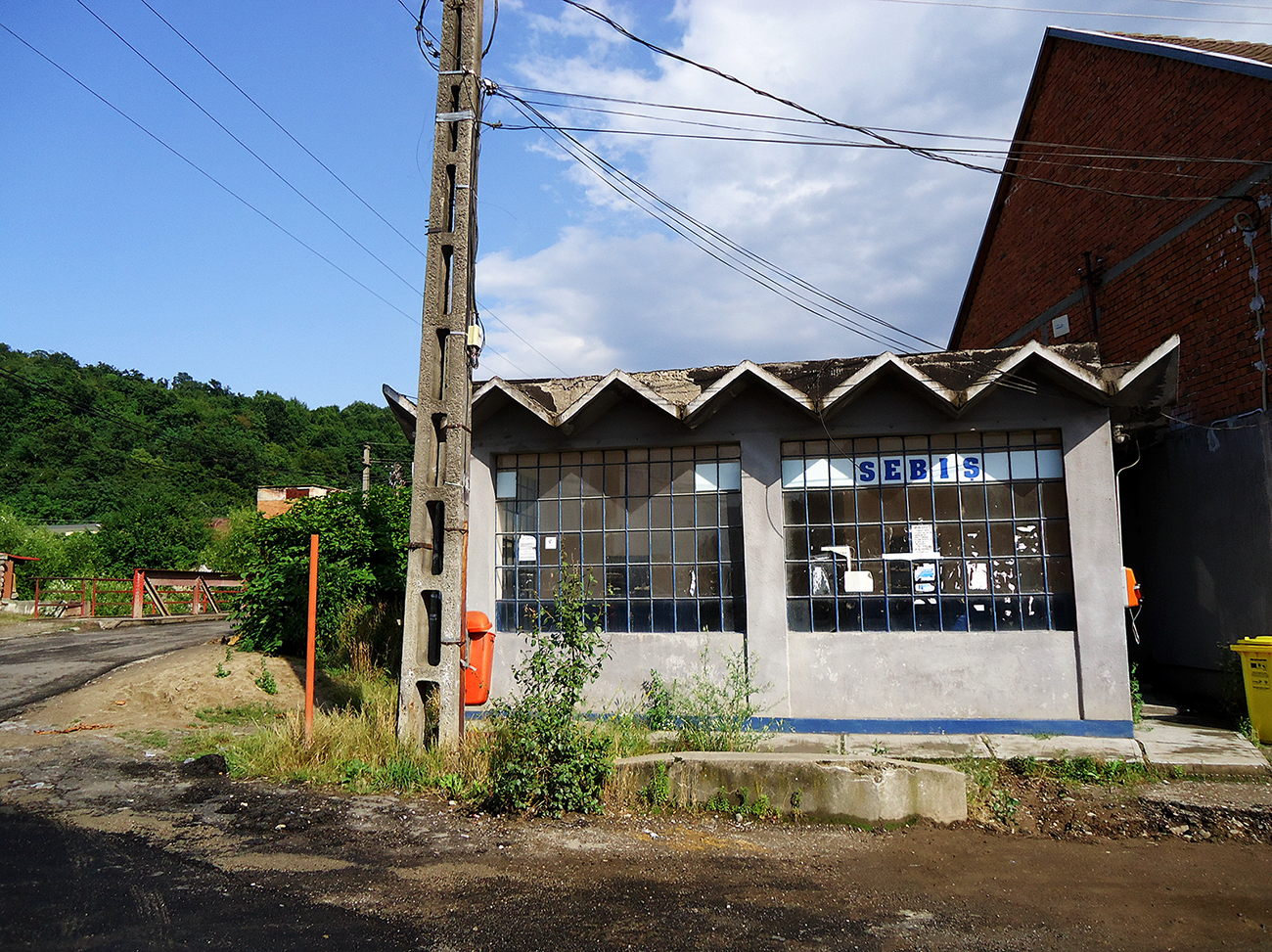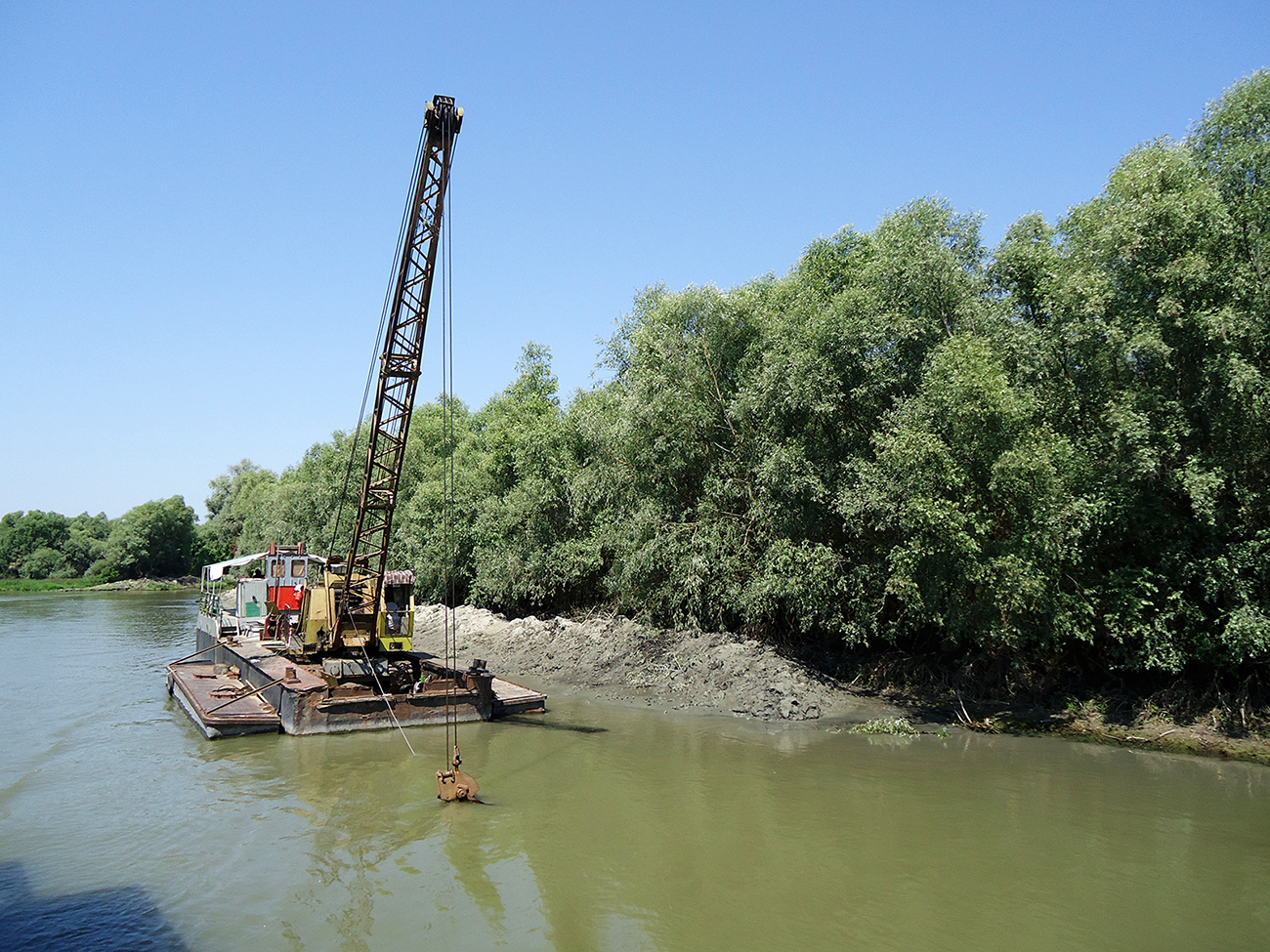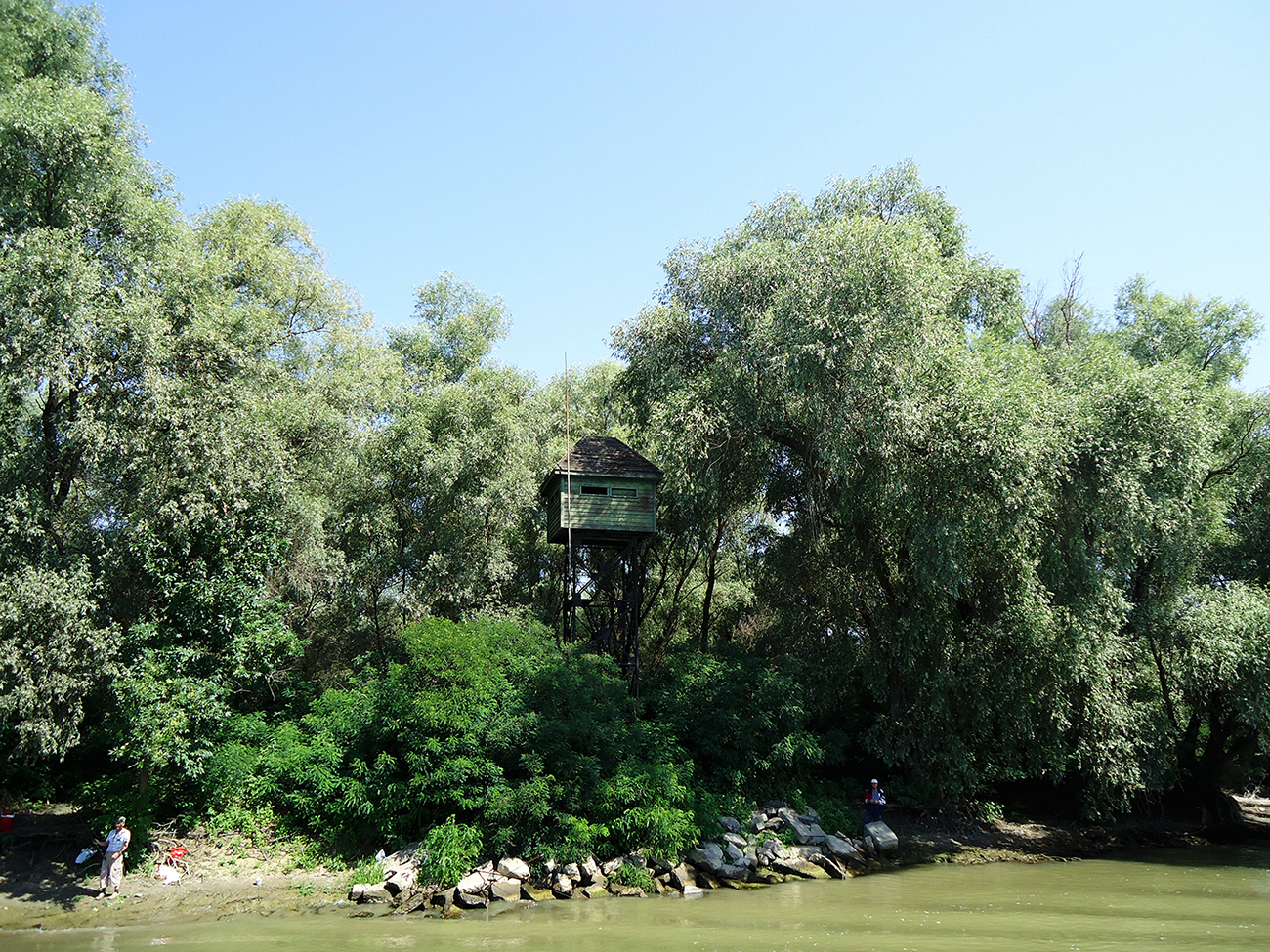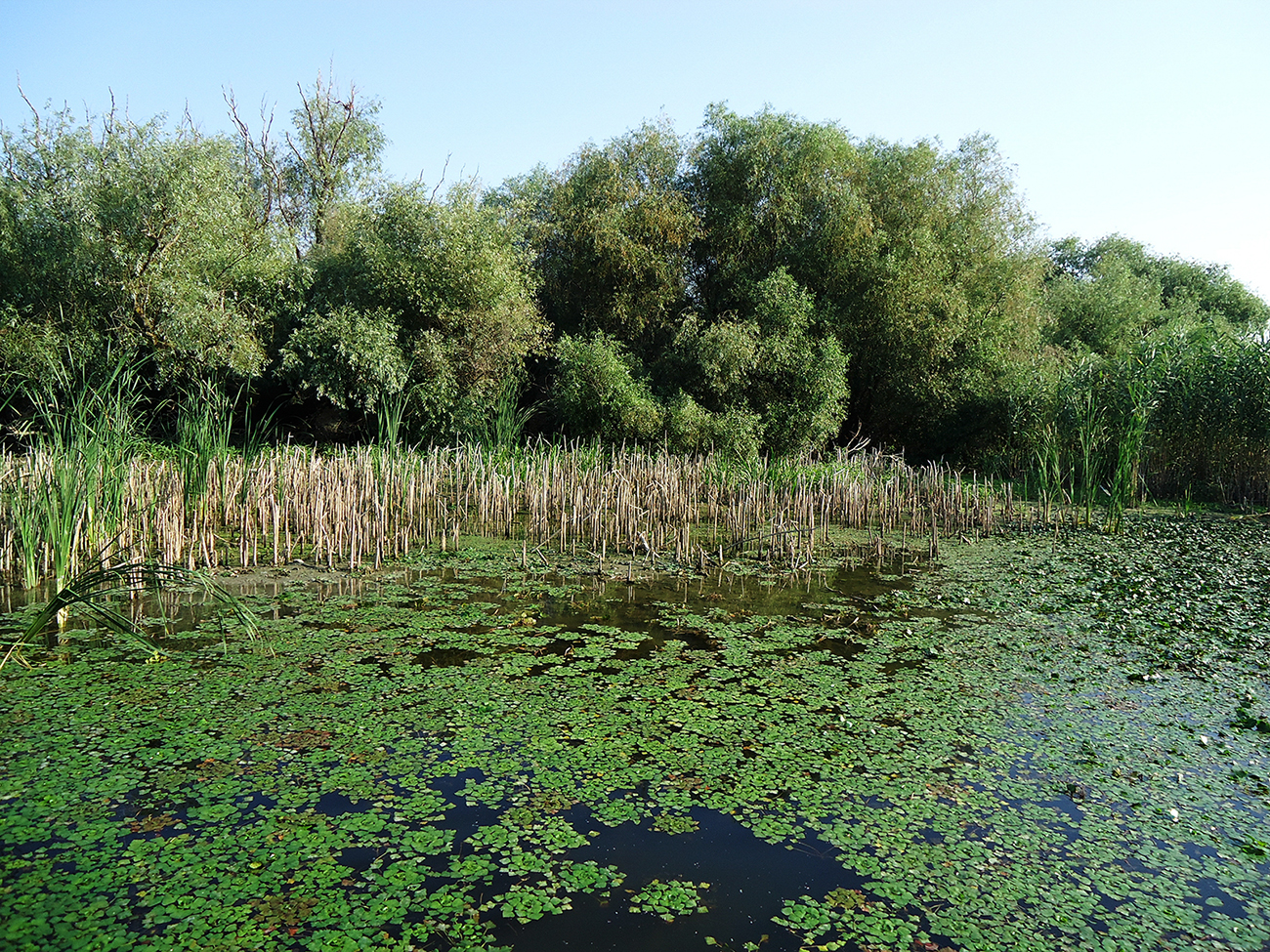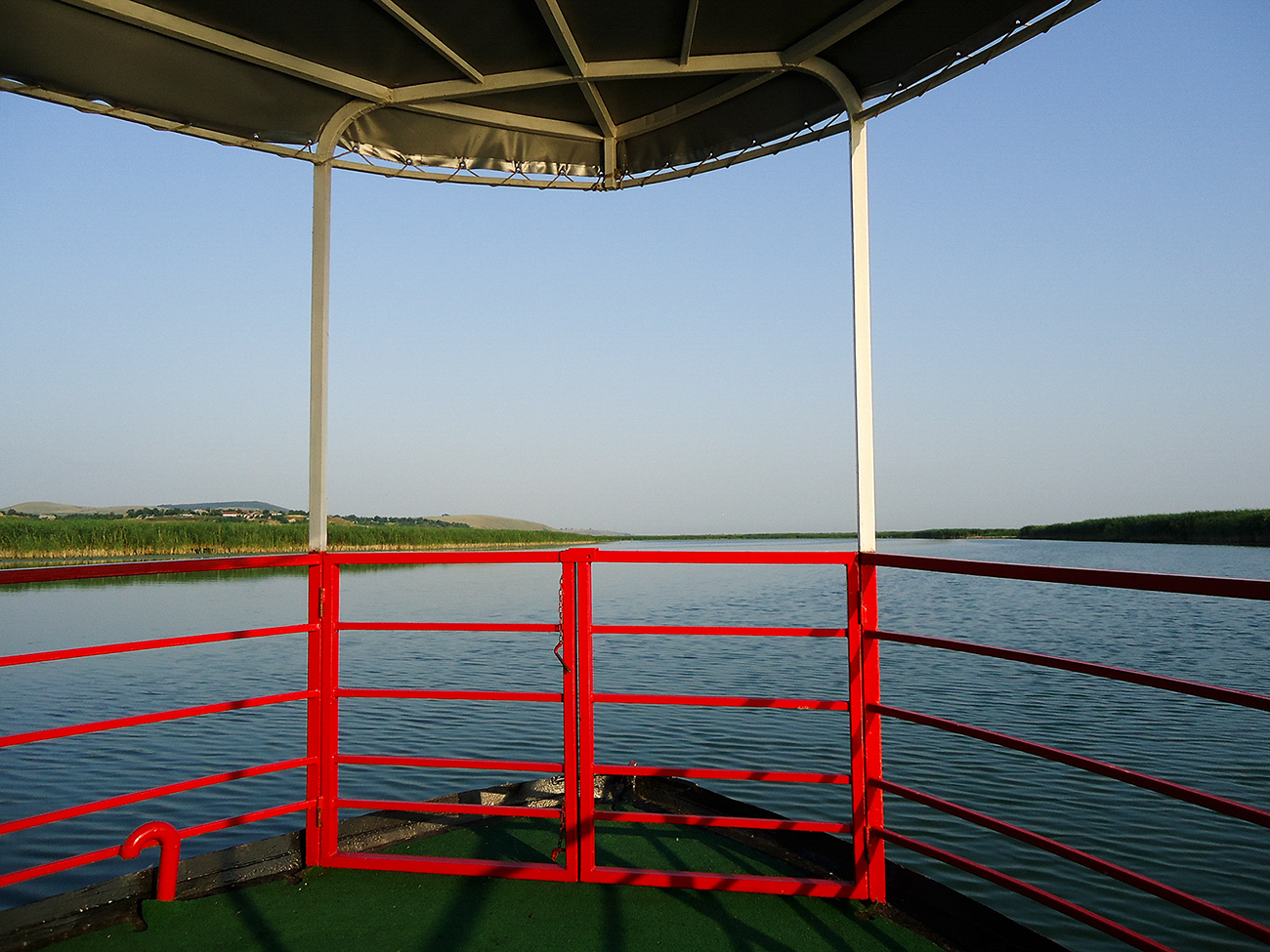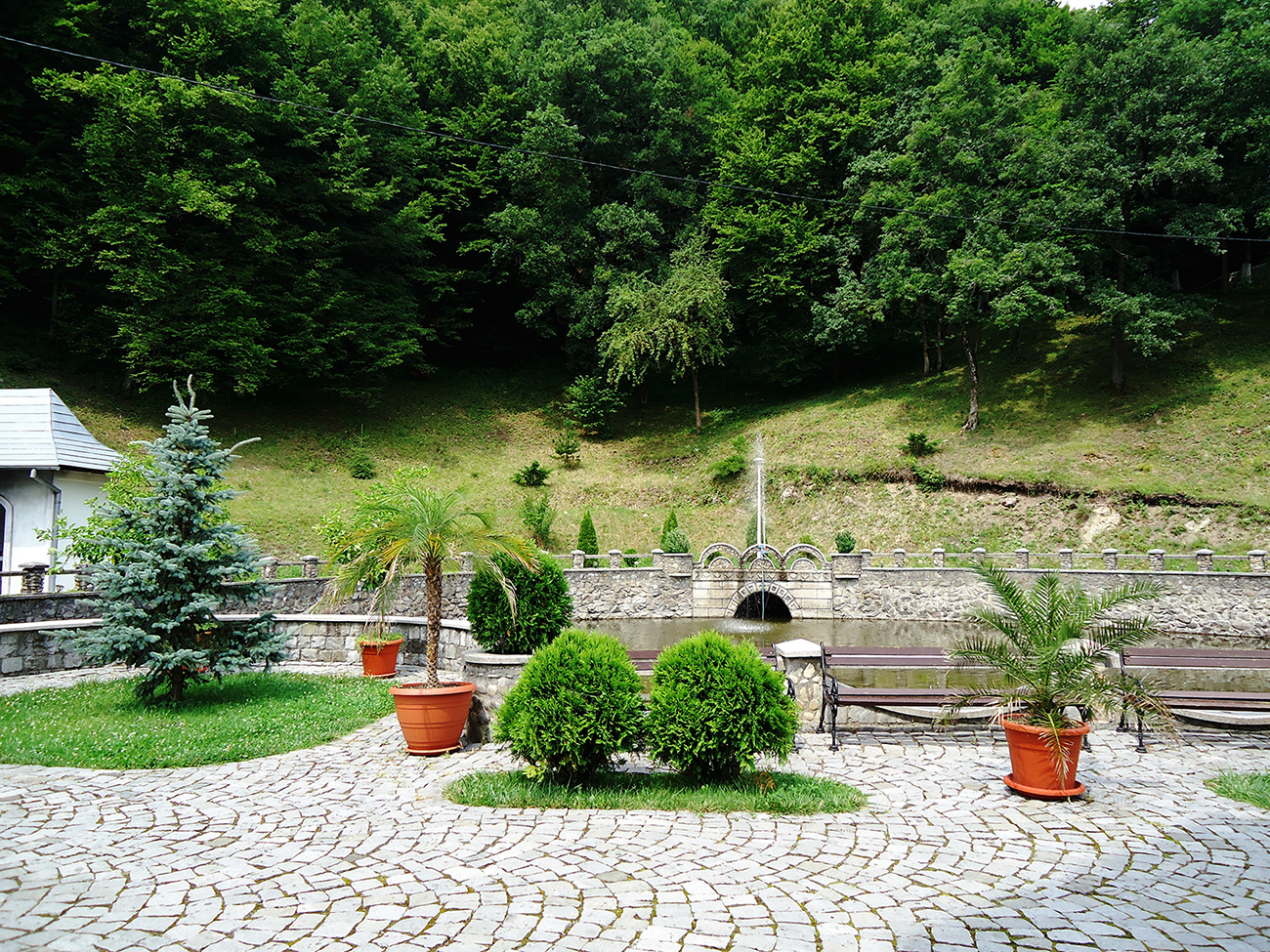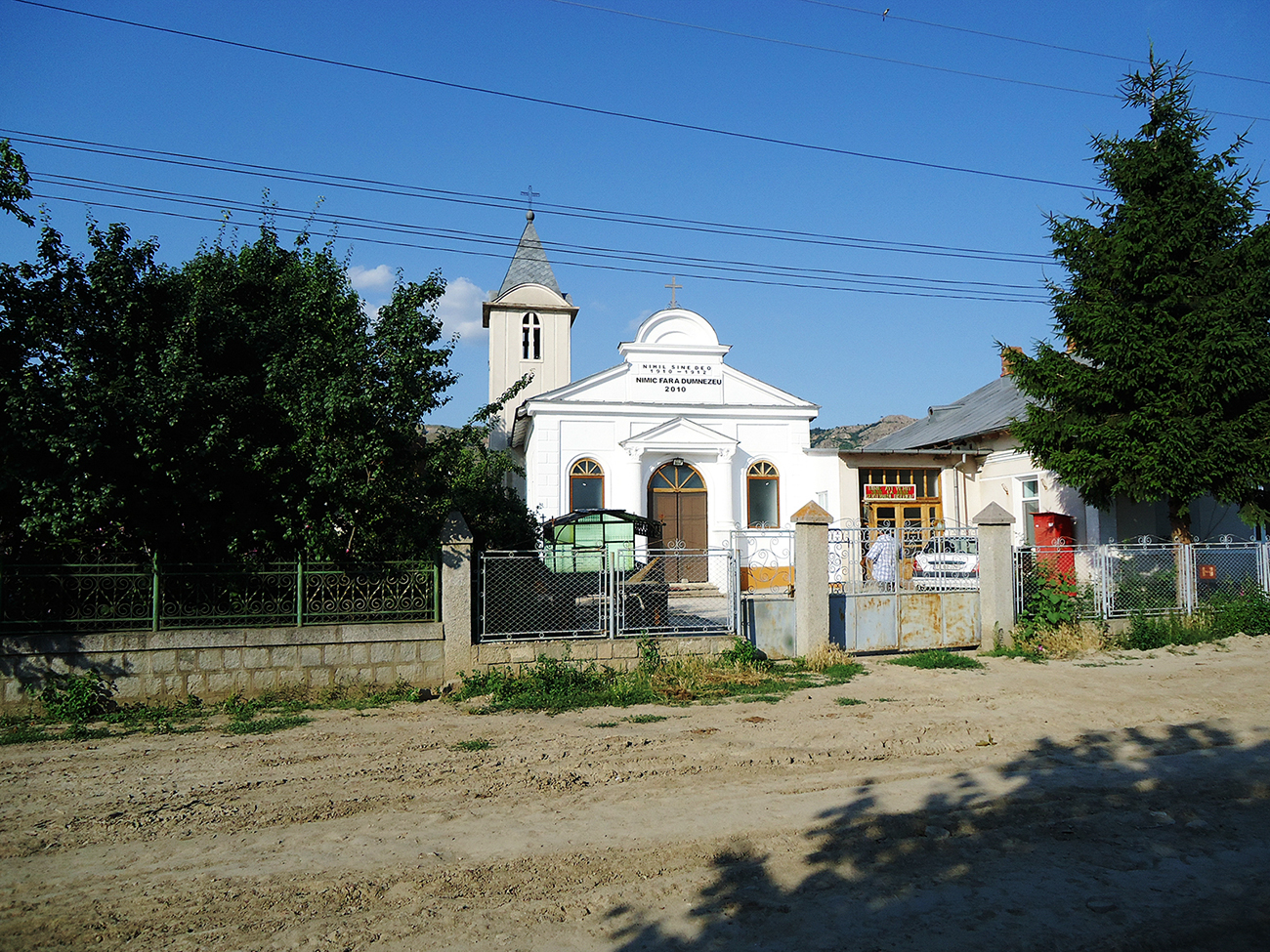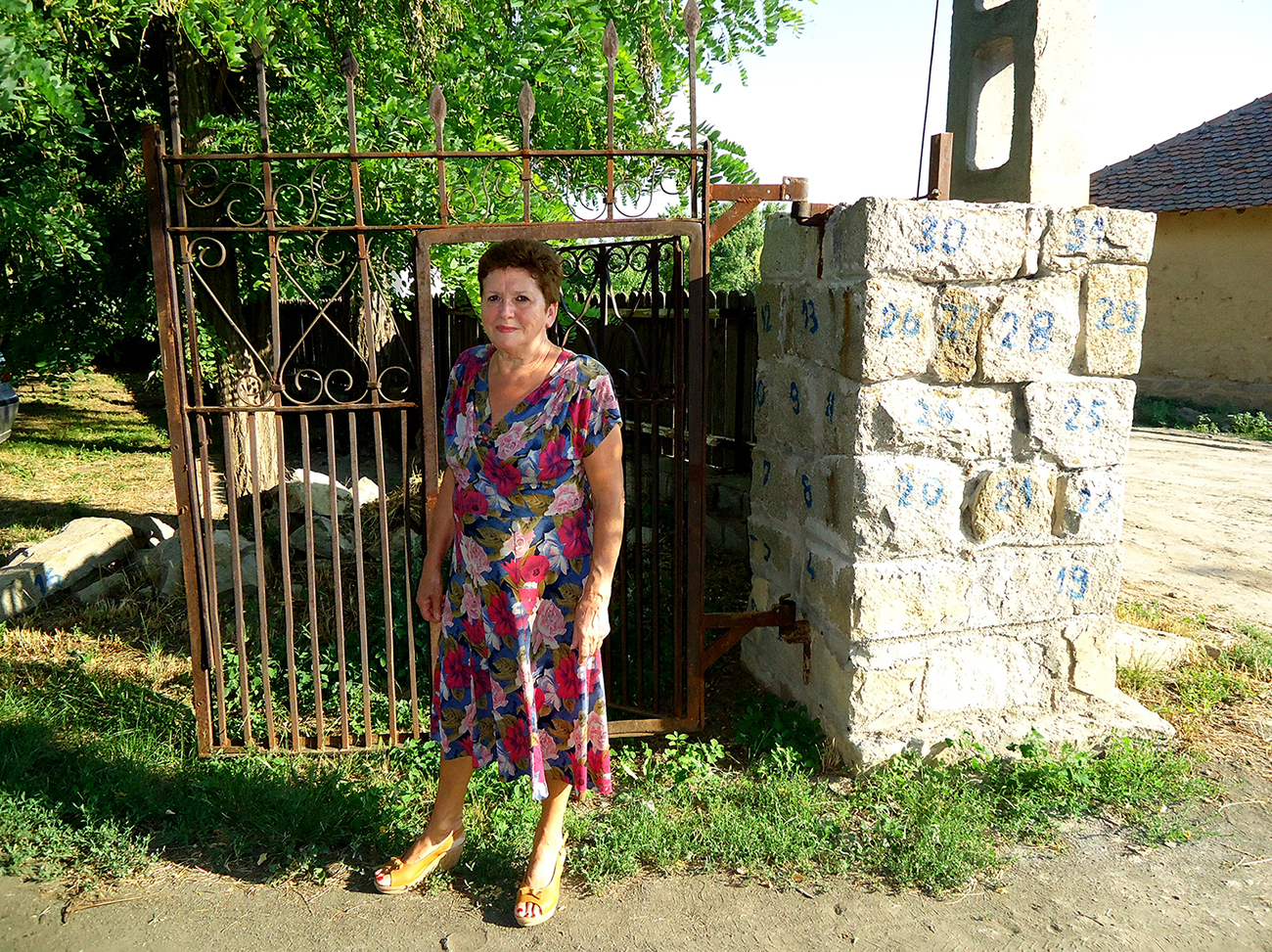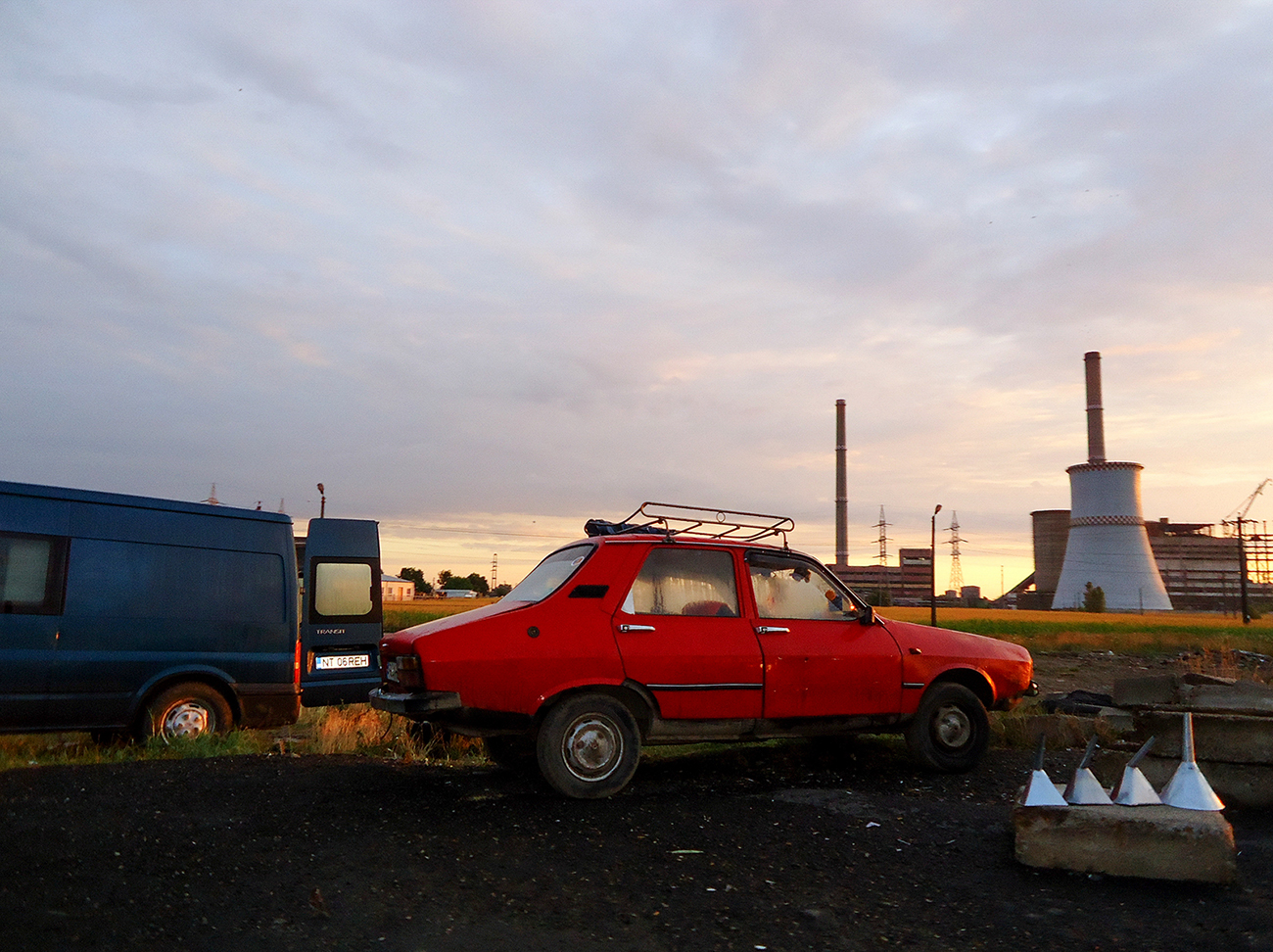2011
In the summer of 2011 I started with my parents a trip to Romania, the country where my mother was born in 1939, and where she lived until the age of twelve. Her grandfather was born in Parma (Italy) and, in the second half of the ‘800, like many Italians of that time, he moved to Dobrugia, “the Romanian California”, in search of fortune, working in stone quarries of Greci. In this area an Italo-Romanian community is still alive as evidence of a past in which, contrary to what happens today, the emigration occurred from Italy to Romania. After the Second World War, during the Soviet occupation, my grandfather, who was left alone with my mother, decided to return to Italy, rejoining his older sister in Turin. This way he did not lose Italian citizenship, unlike many other immigrants who instead decided to give it up. Since the mid-60s until ‘75, during summer vacation, my mother had the chance to go back to Romania with her father several times visiting the remaining relatives. In February ‘77, a month after I was born, my grandfather died in Sebiş, where he decided to settle down in to spend the last years of his life. Shortly after, my parents, with me still a baby, decided to take a trip up to Sebiş to visit the grave of my grandfather. After 34 years, in 2011, my parents and I decided to take a new trip to Romania.
The trip lasted a month and the route, from Arad to the shores of the Black Sea, has been marked by visits to relatives, whom my mother had kept in touch with and by the landmarks in the places where she grew up. I approached this trip with the curiosity of those who discover a completely new reality, a reality which, however, has always been present in my life through my mother’s stories. I photographed everything that caught my attention without claiming to make a documentary reportage. But, inevitably, in the course of the journey it became more and more evident how the current Romanian landscape shows signs of its historical experience. So, gradually, some elements of the old Romanian heritage begun to enter as protagonists among the snapshots of this travel diary and to merge with the personal stories of my family. One of the most emblematic elements of this past is perhaps the Dacia car, which began its production in Romania in 1968, and whose first model was given as a gift to the President of the Socialist Republic, Nicolae Ceausescu. So, among the snapshots of places where my mother lived – the school where she studied as a child, the home of her paternal grandparents where she spent the summer holidays of childhood, or the Danube Delta where in Brãila, she lived the last years of her stay in Romania – I also photographed many of these cars, which still constitute a dominant element of the Romanian urban and rural landscape, offering a kind of symbolic representation of its historical legacy. The various models of the different periods, that can be spotted everywhere, can appear in fact as the layered levels of an archaeological excavation in which each era is characterized by its typical and well defined style.




